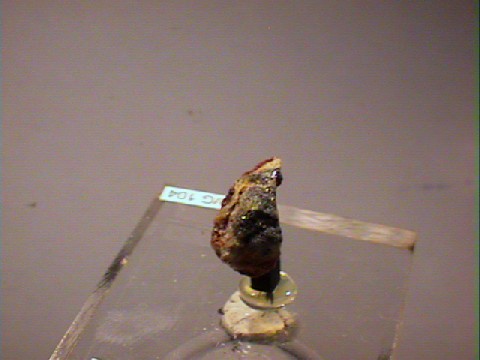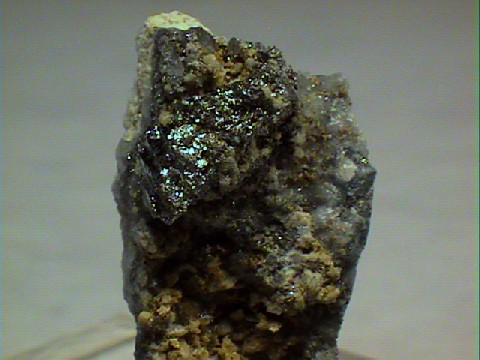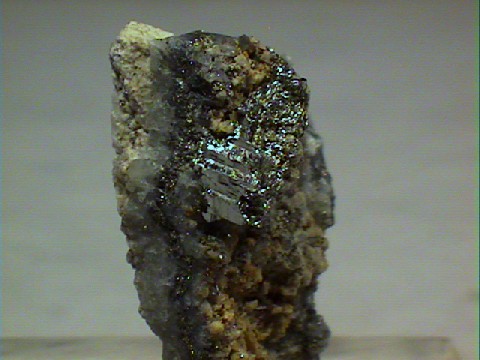

- Chemistry: AgAuTe4, Silver Gold Telluride.
- Class: Sulfides
- Subclass: Tellurides
- Uses: A very minor ore of silver and gold and as mineral specimens.
Specimens
For some reason gold has an affinity for the element tellurium, which is sometimes found naturally as
native tellurium.
Tellurium is a semi-metallic element which means that it has some properties of metals but not all or as strongly.
This helps provide an explanation for gold's attraction to tellurium.
Other gold tellurides include calaverite, (Gold Telluride);
Crystals of sylvanite are unique and of interest to collectors. Typically found as prisms that can be twinned causing sharp bends, reticulated individuals and skeletal or arborescent formations. These clusters remind many collectors of writing.
PHYSICAL CHARACTERISTICS:
- Color is a steel gray to silver gray to almost white.
- Luster is a bright metallic.
- Transparency: Crystals are opaque.
- Crystal System: Monoclinic; 2/m
- Crystal Habits include prismatic to more rarely tabular crystals that are often twinned into sharp bends, reticulated individuals and skeletal or arborescent formations. These are sometimes described as looking like writing. Also found as granular and columnar masses.
- Cleavage is perfect in one direction.
- Fracture is uneven.
- Hardness is 1.5 - 2
- Specific Gravity is approximately 8.2 (very heavy even for metallic minerals).
- Streak is a steel gray to black.
- Other Characteristics: Dark tarnish can often form after prolonged exposure to light.
- Associated Minerals include gold, quartz,
fluorite,
rhodochrosite,
pyrite, acanthite,
nagyagite, calaverite,
krennerite and other rare telluride minerals. - Notable Occurrences include Cripple Creek, Colorado and Calaveras County, California, USA; Nagyag, Romania; Bigstone Bay and Kirkland lake Gold District, Ontario and Rouyn District, Quebec, Canada; Kalgoorlie, Australia and Vahatala, Fiji.
- Best Field Indicators are crystal habit, density, softness, color, luster, association with other tellurides and gold and cleavage.





